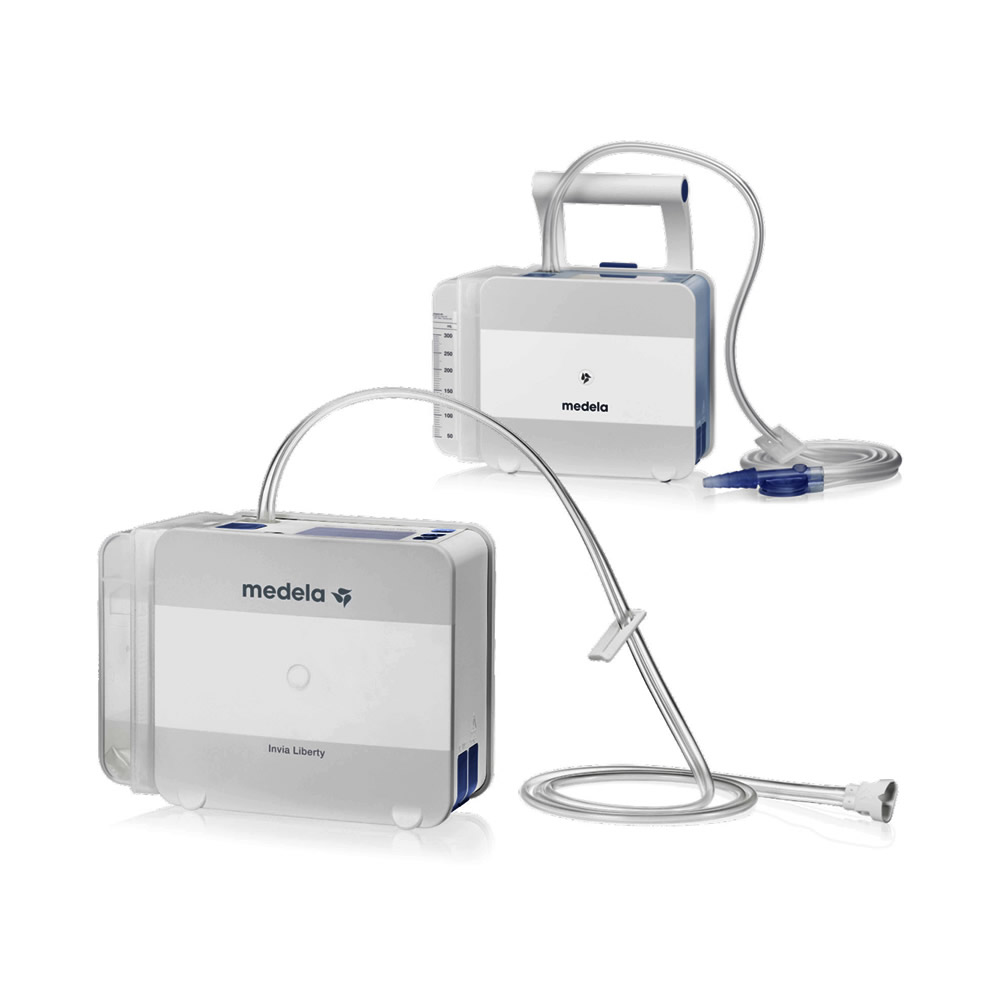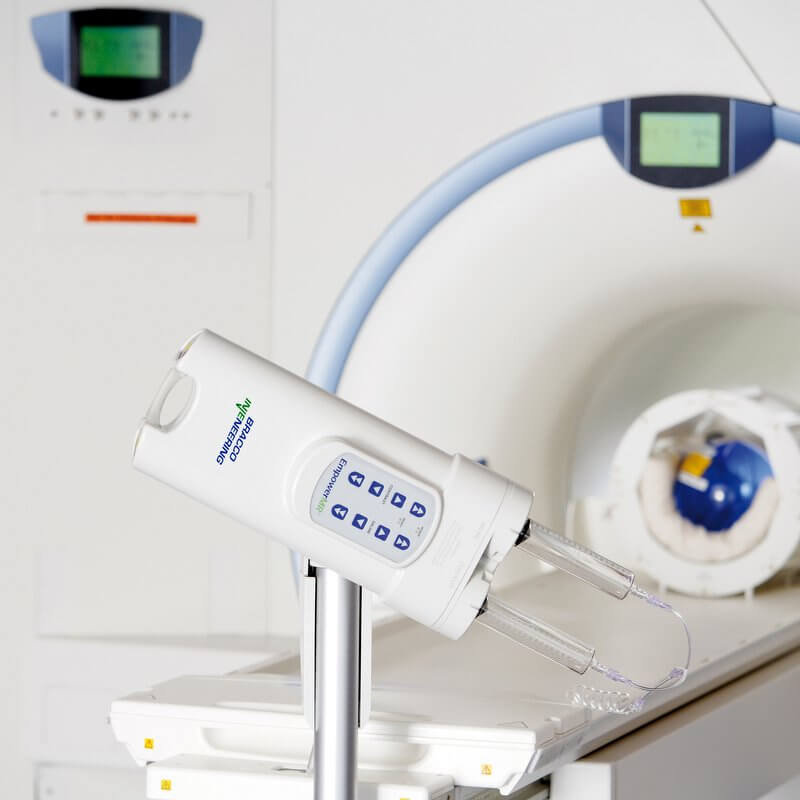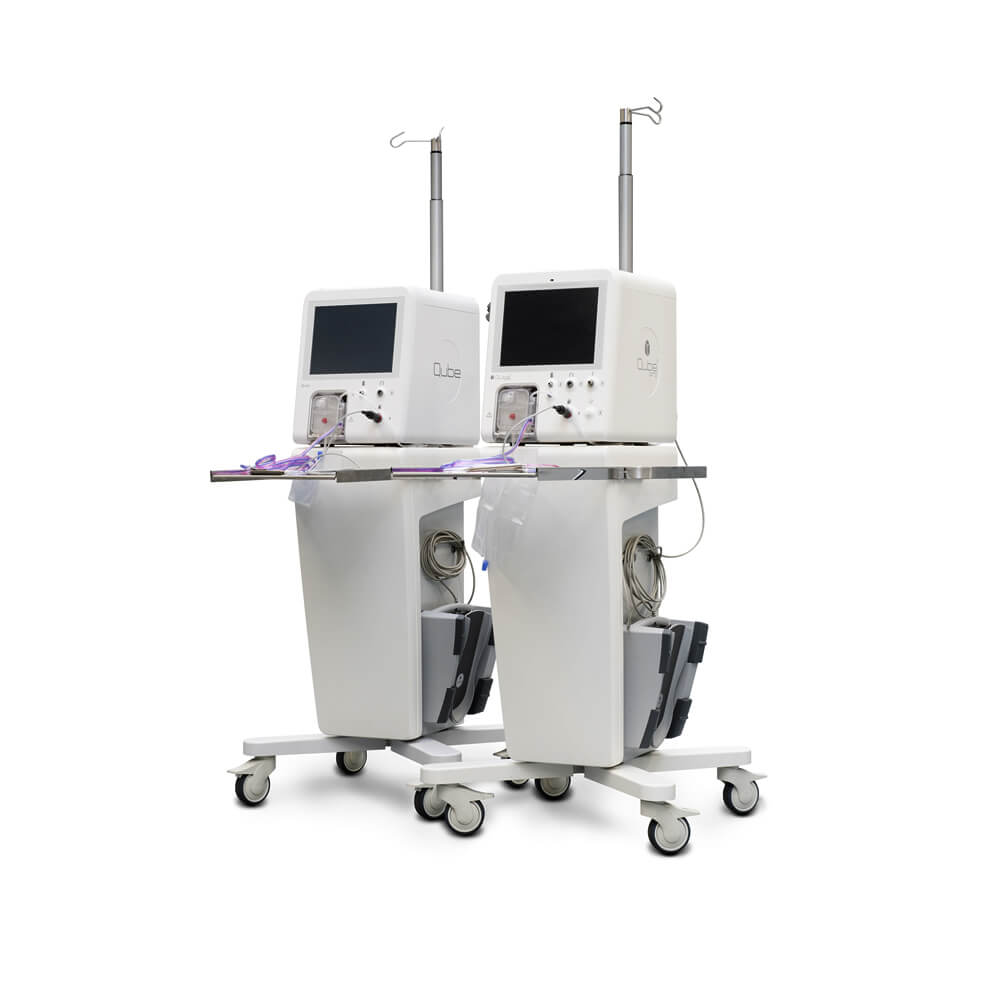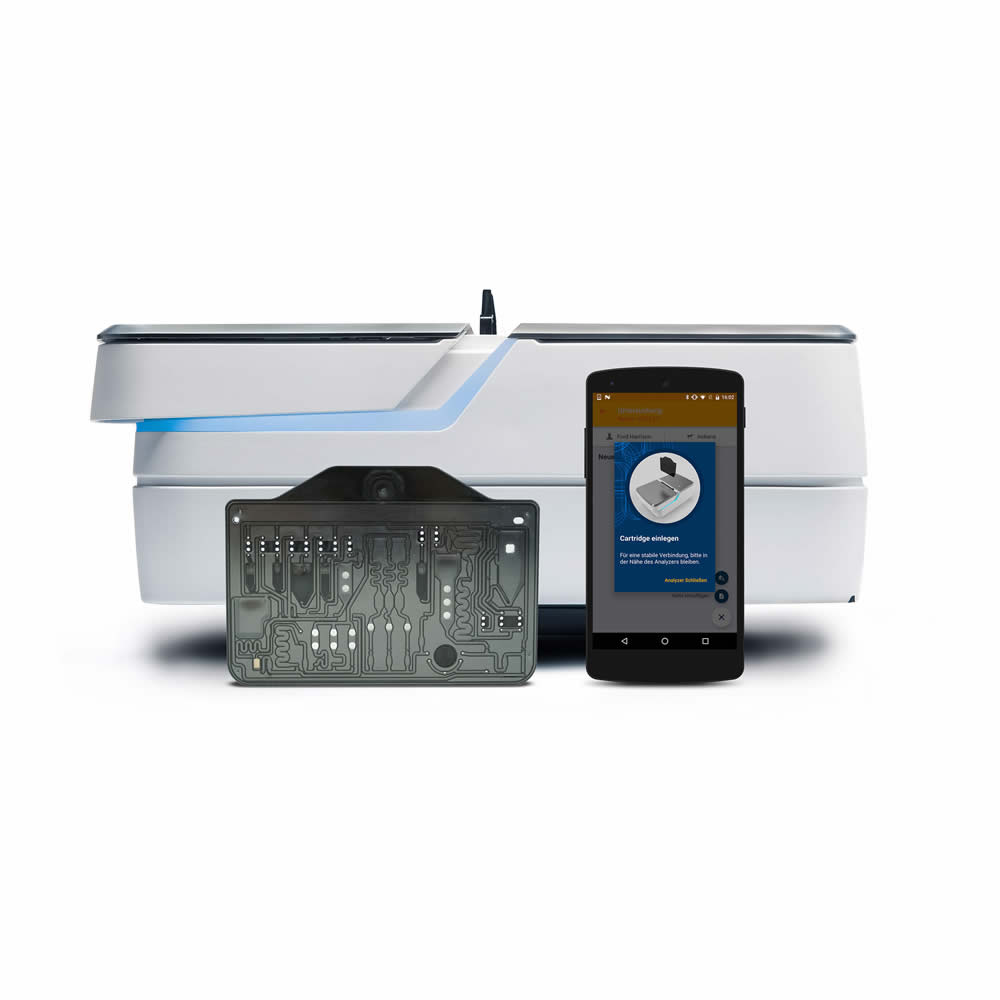Variable Pressure Conditions
An increased intraocular pressure can lead to glaucoma (cataract). Intraocular pressure, however, fluctuates throughout the day. For this reason, the physician may not notice increased pressure when a patient is in the office, so the patient may have to come to the doctor’s office several times throughout the day or the week to measure the intraocular pressure.
Contactless readout
To solve this problem, the company mesotec (today Implandata) developed an implantable pressure sensor together with Fraunhofer IMS from Duisburg, Germany. The intraocular diagnosis system (IODS) measures the data directly in the eye and sends the data via transponder to a read-out device named Mesograph™. For this reader, we developed the chip design as well as the antenna and read-out technology.
"BYTEC has brought its very extensive expertise in electronics and software development to bear in several projects with us. The results were of the highest technical standard and could be successfully transferred to clinical evaluation and human use."
Dipl.-Ing. Michael Görtz
Head of Micro and Nanosystems and the Pressure Sensors business unit,
Fraunhofer Institute for Microelectronic Circuits and Systems
In the Eye of the Beholder
Sophisticated technology
The IODS is an artificial, foldable intraocular lens with an integrated pressure sensor for implantation in the human eye. The device can continuously measure the intraocular pressure of the patient. This component came from mesotec.
These measured data are retrieved telemetrically by transponder technology from the reader and stored until evaluation by the doctor. To develop the reader was our task.
Key experience
We were well qualified for this task. On the one hand, we have experience in ophthalmic surgery, on the other, in transponder technology.
Easy to use
The device is easy to use so that patients can perform the measurement themselves. They simply hold the reader in front of their eyes, at which point the implant receives energy and sends the pressure measurement back to the device.
Complicated approval process
Like all implants, the IODS also had to pass extensive clinical trials prior to approval. The approval was achieved within a short time due to the know-how and support of BYTEC.
Successful transfer
The technology of the reader, however, can easily be transferred to other medical areas. For example, it can also be applied in brain diagnostics to determine intracranial pressure.



